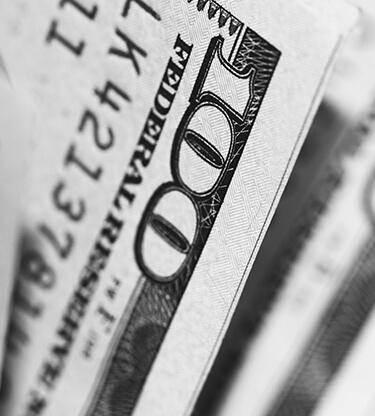Daily Market Pulse

Capital inflows generate higher demand for the U.S. dollar
5 minute readUSD
On Thursday, Dollar found a strong bid while stocks slumped after Federal Reserve Chair Jerome Powell at the Wall Street Journal public event chose not to push back on rising yields. The dollar index which gauges the dollar against a broad basket of major currencies rose 0.75% while, for instance, the Nasdaq Composite fell 2.1%, putting it in correction territory. What lies behind this recent move is the 10-year yields, which sold off by around 8bps yesterday, again breaking above 1.5% and increasing the demand for dollars on capital inflows. On the economic data, initial claims rose to 745K from 736K, marginally below the consensus, 750K. For today, market participants will wait for the U.S. payrolls, international trade, and consumer credit numbers.
EUR
The single currency fell 0.8%, extending its losses against the U.S. dollar on Thursday, with traders pricing in the confusion about the central bank's position on higher long-term rates. The rise in long-term bond yields became detrimental to growth, triggering a response from central banks. On that note, the Bank of Spain Governor warned that the ECB "must avoid a premature rise in nominal yields.". The Euro reflected also the disappointing eurozone retail sales report, which showed that retail sales declined by 5.9% month-over-month in January compared to analyst consensus which called for a decline of 1.1%. Today, investors and traders will digest the German factory orders and Italian retail sales, both from January.
GBP
The Sterling retreated 0.47% against the greenback as comments by Federal Reserve Chairman Jerome Powell stoked a rally in U.S. bond yields and the Dollar. For foreign investors, the relative rise in U.S. yields is attractive, which in turn sees the Dollar bid higher on capital inflows and the local currency lower. On the economic data front, the Markit/CIPS construction PMI rose to 53.3 in February, from 49.2 in January, and above the consensus of 51.0. This means that in January the construction sector has recovered quickly from the initial disruption caused by the imposition of the third lockdown, with activity likely recovering back to December’s level. It is a quiet day on the U.K. agenda, with market players keeping an eye on the U.S. labor market.
JPY
The Japanese yen depreciated almost 1% against the greenback, touching its weakest level since June 2020 on Thursday after investors saw the U.S. bond markets scaling once again. The rise in the U.S. Treasury yields result in capital outflows from Japan, which drags the JPY down. In general, the USD/JPY has detached completely from other major currencies. In the absence of major data releases, Japanese traders will pay attention to the U.S. unemployment rate later in the day, as well as the yield curve.
CAD
Despite strong oil gains due to headlines coming from the OPEC+ production talks, the oil-linked Canadian dollar tumbled 0.10% against its U.S. counterpart on Thursday. Surprisingly, the OPEC+ alliance agreed to hold output steady in April, while Saudi Arabia said that it will maintain its one million barrel-a-day voluntary production cut. The CAD failed to pick up steam after investors gauged the remarks from Fed Chair Jerome Powell about the bond market. Looking ahead, market participants will wait for the Ivey PMI survey, as well as January trade balance data. Both reports will bring important indications around economic recovery in Q1.
MXN
Yesterday, the Mexican peso fell 0.79% against the greenback, extending its losses for the second straight trading session. Although oil prices traded higher ahead of an OPEC+’s decision, the MXN has been facing pressure from concerns over government intervention in local energy markets. The oil crude, West Texas Intermediate, jumped as much as 4.16% to $63.83 per barrel. Today, Mexico will publish its gross fixed investment data. The report likely fell in December but should show that recovery continues.
CNY
The Chinese yuan showed little losses (-0.03%) against the U.S. Dollar, erasing the gains from the day before. Similar to the previous sessions, Thursday’s session was marked by low volatility and light volume. Earlier this morning, China released its annual Government Work Report, which presents the economic targets for 2021. Chinese Premier Li Keqiang revealed a modest “above 6%” economic growth target for this year, below analyst consensus (+/-10%). Looking ahead, investors will digest the annual report, as well as pay attention to the U.S.-China relationship, after the U.S. vowed on Thursday to hold China to account for anti-competitive behavior and human rights abuses.
BRL
The Brazilian real depreciated 0.83% against the U.S. dollar on Thursday amid mixed market sentiment as lawmakers approved new emergency aid; nonetheless, the spending cap will be respected. The Senate has approved in two rounds of voting a proposal for the reform of the Constitution that includes compensatory fiscal measures, known as the Emergency PEC, to reactivate the stipends for households. In general, prospects for further progress on reforms have been strengthened, and the commitment to bring the deficit under control is reinforced. This will ease pressures on Brazil’s Central Bank. For today, the industrial production data for January will be released, which should show some recovery.

